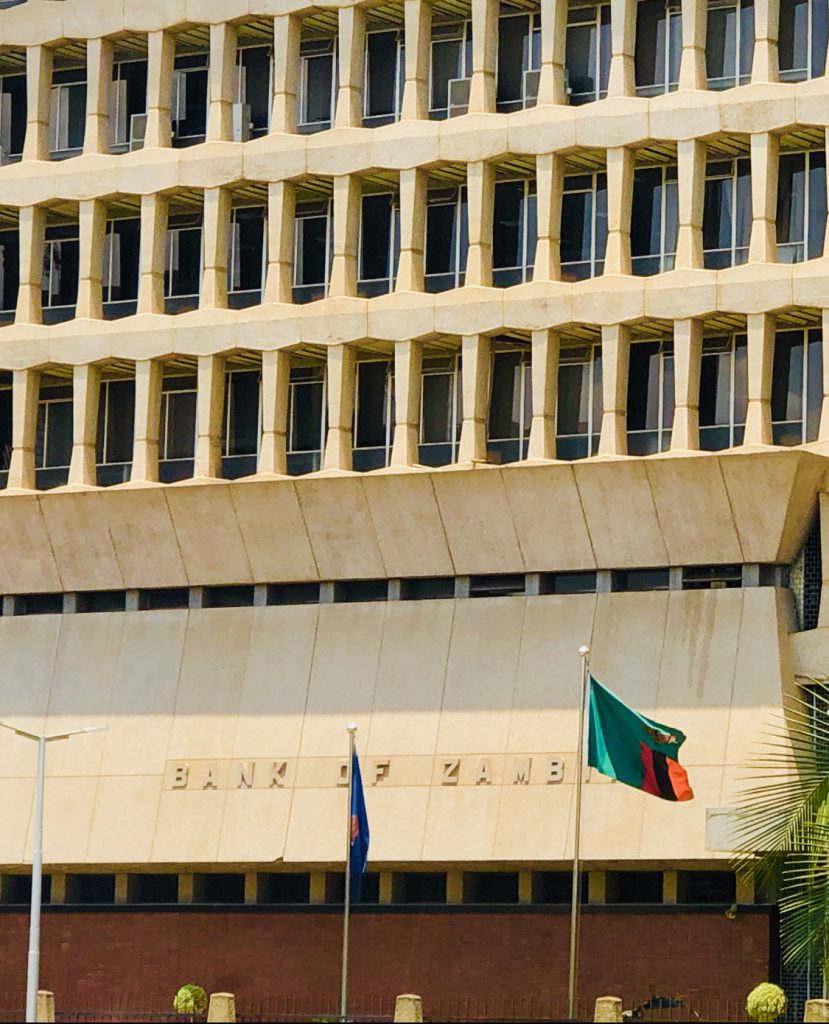Africa’s second largest red metal hotspot, Zambia, is forecast to have currency and interest rate bears as the year decays. Excess dollar demand exacerbated by energy funding needs and debt service is projected to weigh the exchange rate while the finance ministries need to reign in on targeted fiscal deficit could widen yields on government securities.
Zambia currently grapples with energy poverty amidst receding dam levels at the Kariba which has resulted in power rationing costing businesses over 15 hours of load management. ZESCO Ltd the power utility had last month confirmed the energy deficit to be 700MW which Chief Executive Officer Victor Mundende told the nation on a Sunday interview that the copper producer was looking to plug with a 300MW import from South Africa’s Eskom and 150MW from Mozambique’s EDM.
This week beginning 03 November, the Energy Regulation Board (ERB) will hold consultative sessions with citizens across the country on proposed tariff hikes which are meant to fund the proposed power imports. Last week, Information Minister Dora Siliya told a radio station (HOT FM) that Zambia had already made upfront payment of $40 million to Eskom and that electricity flows would then commence in (2) weeks. Independent power producer Nhava Bharats Maamba Collieries Ltd (MCL) clarified its current challenges with power generation capacity as being fueled by ZESCOs delays in servicing arrears from August period making maintenance of its generators difficult. As such MCL has since been firing at 50% capacity of its 300MW total capacity.
MCL’s Chief Executive Officer Venkat Shankar was on record saying ZESCO needed to pay up it outstanding arrears to MCL for the generation setbacks to be addressed.
Finance Minister Dr. Bwalya Ng’andu assured the nation that government would be making a $20 million payment to MCL this week aimed at absorbing part of the outstanding debt owed.
Ebbing dollar demand for energy imports
Zambia will for the period of the deficit, import power from ESKOM at a monthly cost of $20 million. This will adds to the already existing forex demand with the most being fueled by the central bank which is the biggest off-taker of foreign currency as its shores up plummeting reserves to improve waning import cover currently at 1.6 months ($1.45 billion).
Other sectors driving forex demand higher are the petroleum and agriculture. As festivities draw nigh, dollar demand tends to swell as retailers stock up their inventories through imports.
We expect the Kwacha to trade within a medium term range of 13-13.55 for a unit of dollar for which it already is priced at 13.25 as at close of business on Friday 01 November.
Pressure to reign in on fiscal deficit
The central bank as agent of the MinFin is lagging in its borrowing on the money markets through government security auctions evidenced by the haircuts in subscription’s this year. Bank of Zambia (BOZ) has only filled up (4/21) treasury bill sales whose average subscription rate on T-bills is 79% (YTD) compared to 74% in 2018. BOZ has managed to raise only 62% in cash terms targeted this year translating to a deficit of around K10.95 billion ($826 million) compared to K11.83 billion for 2018. (Deficit is determined by calculating the difference between assets on offer and cash received at an aggregate level YTD).
Bond subscriptions remain fairly anemic at 27% subscription compared with 87% last year. With that said, the spacing of the last bond auctions of the year to a monthly allocation of a yard each points to the increased borrowing appetitive of the MinFin who will be looking by all means to attain the targeted 6.5% budget deficit. But can they achieve this target in the last few weeks? Moody’s and Fitch rating agencies had forecast a budget deficit for 2019 to be higher than 7.5% (given the risks to growth) which sounds more realistic given the currency fiscal posture.
The Kwacha demand curve remains elevated with the long end of the treasury bills paying 27%-27.5% while bonds yield are as high as 28.5% – 32.5% in the 3-5year tenors. Given the sovereign risk posture of Zambia, more and more players will throw in pricey bids in the last auctions with the hope of getting maximum yields for their liquidity (coming from maturities reinvested) as they also seek to earn more interest income for their banking books in a tough economic environment. However the risk of elevated yields is that, it could just brew an interest rate spiral forcing term debt to reprice higher as the government security curve is a benchmark for pricing any form of term debt in the Zambian market.
The Kwacha Arbitrageur

